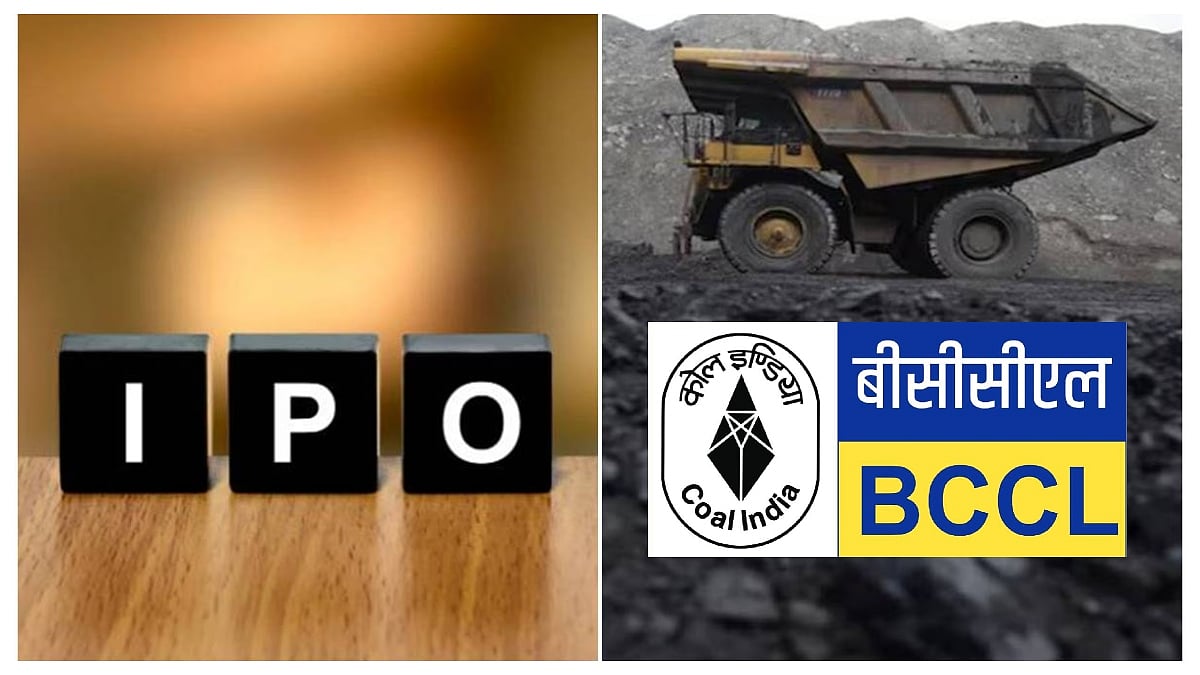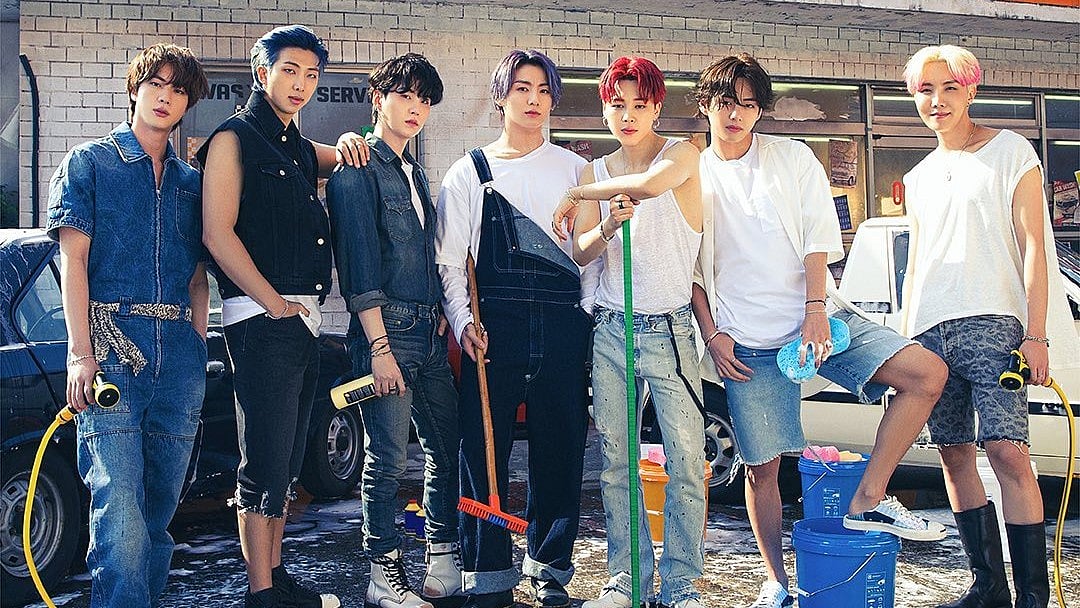Mumbai’s transport system is its lifeline. With population swelling by the day and the city’s arteries chock-a-block with vehicles, and given the dearth of alternatives with regards to space, the city’s roads are tested to their limits every day. In its 6-part series, the FPJ looks at the issues which inflict and aggravate one of the biggest problems in Maximum City -– traffic jams – where for most of the day the scenario for 24.82 lakh vehicles is, Bumper to Bumper.
Mumbai : Mumbai, besides its culture, heritage, cosmopolitan construct and dynamism, is known for its extensive transport network. Along with the suburban rail network, what keeps the city ticking on the trot is the web of roads. But the roads are also marked by serious lacunae such as the recurring traffic snarls and their often substandard quality.
According to the data available with the Mumbai traffic police, which was last updated in September 2014, 24.75 lakh vehicles such as cars, two-wheelers, trucks, tempos, buses, and auto-rickshaws ply on the city’s roads every day. As per the traffic police, this is the number of vehicles in a city that spans an area of 438 square km and has roads which measure up to a length of 1941 km. The number of vehicles also includes 1.5 lakh vehicles which enter the city every day from nearby places such as Navi Mumbai, Raigad, Gujarat, Karnataka and Goa.
Every kilometre stretch of the city’s roads crams in its narrow confines 1166 vehicles. This number will only increase with time, with 511 vehicles getting registered every day with the RTO. Out of the total number of vehicles, 52 per cent are local vehicles, 26 per cent are buses, eight per cent are auto-rickshaws, two per cent are taxis, two per cent are motorcycles and five per cent are other private vehicles.

Given the density of vehicles, coupled with the shoddy construction of roads, the poor quality of travel becomes a way of life, especially during morning and evening peak hours.
According to the Joint Commissioner of Police (Traffic) Milind Bharambe, in order to accommodate the high number of vehicles, there is a need for double the length and breadth of roads that the city has right now.
Police Inspector Shriram Koregaonkar, who is attached with the traffic police, said that what adds to the improper roads is the quality of Mumbai’s land mass. “Since most of Mumbai’s land is reclaimed, the core of the earth is not hard but soft and mushy.
This reduces the age of the roads to a large extent as they are prone to sink very quickly. One long-term solution to having good roads is to concretise them. But most of the roads in Mumbai are packed with traffic all the time. If you take up the concretisation of a stretch of road, such as the Peddar Road, the entire traffic will go for a toss; also, since the road is extremely narrow at several spots, there is no room for diversion of traffic. In addition, a concretised road takes over a month-and-a-half to mature. Who has that kind of time to spare in Mumbai?” Koregaonkar said.
The only other option, according to Koregaonkar, is the proposed Coastal Road connecting South Mumbai to Kandivali, which does not seem to be seeing the light of the day. That makes the wait for a smoother commute that much longer.









